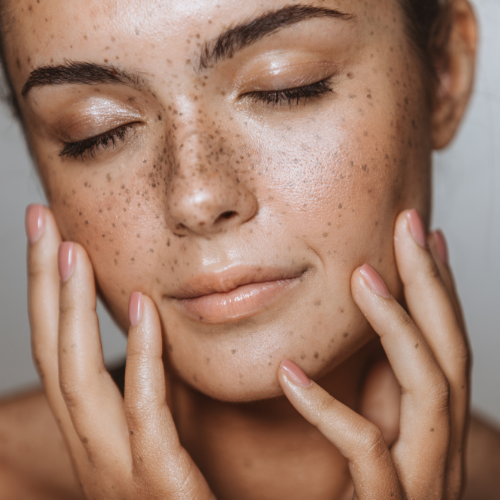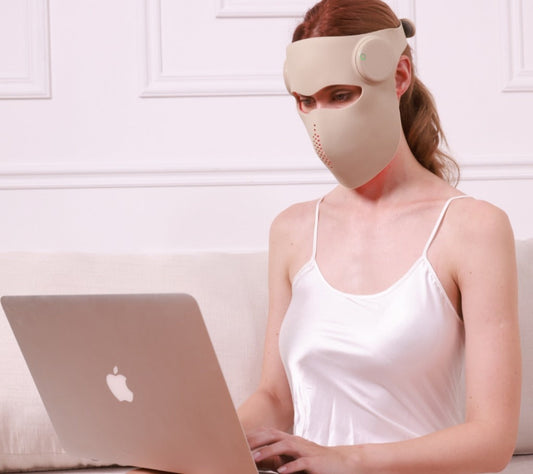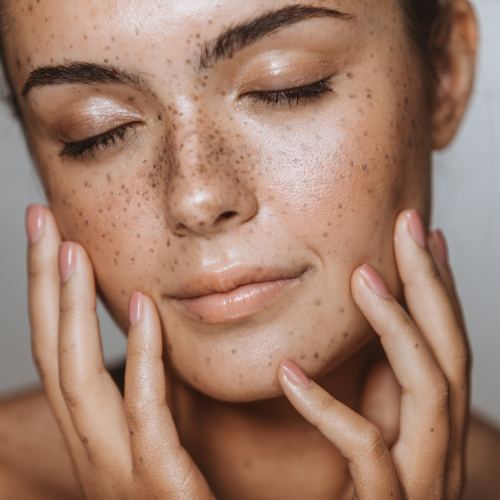
Considerations When Choosing an LED Light Therapy Mask
Share
When investing in an LED light therapy mask, it's essential to weigh several factors to ensure it aligns with your skincare needs. Here are the key considerations:
Define Your Treatment Goals The first step is understanding your skin’s specific needs. Are you aiming to boost collagen production, reduce wrinkles, promote tissue healing, or combat acne? Your treatment goals will determine the color and wavelength of light that's most suitable. For instance, red light aids in collagen stimulation and wrinkle reduction, while blue light targets acne-causing bacteria. Choose a mask that caters to your primary concern.
Number of LEDs A higher number of LEDs generally means better coverage and more consistent treatment. Masks with more LEDs can cover larger areas of skin effectively and provide even light exposure, ensuring optimal results.
Light Intensity / Irradiance and Sensitivity Light intensity plays a vital role in the effectiveness of your mask. High-intensity settings can penetrate deeper into the skin, promoting repair and rejuvenation. However, individuals with sensitive skin may benefit from lower intensity levels to prevent irritation. Look for a mask with adjustable intensity settings to suit your comfort and skin type.
Mask Preferences and Ease of Use. When choosing a light therapy mask, consider whether you prefer a flexible mask for comfort and portability or a hard-shell mask for durability and uniform light distribution. Look for lightweight designs with adjustable straps for ease of wear, and hypoallergenic materials if you have sensitive skin. Features like rechargeable batteries, user-friendly controls, and app compatibility can enhance convenience and usability.
How LEDs Work in Light Therapy
- Wavelengths: LEDs emit light at specific wavelengths, measured in nanometers (nm), to target different skin issues. Red LEDs (630-700 nm) are effective for anti-aging and collagen production, while blue LEDs (400-470 nm) are ideal for treating acne by targeting acne-causing bacteria.
- Energy Efficiency: LEDs are highly energy-efficient, generating minimal heat. This efficiency makes them both environmentally friendly and safe for use on the skin.
- Durability: LEDs are built to last, often providing thousands of hours of use. Their longevity makes them an excellent choice for long-term light therapy treatments.
Understanding LED Components: LED Packages vs. LED Chips
- LED Packages (LED pcs): These are the visible lights of the product, consisting of the lens and housing. They represent the number of light sources on a device.
- LED Chips (or Diodes): The actual light-emitting source inside an LED. A single LED can house multiple chips, allowing it to emit various wavelengths. For instance, one chip may emit red light, while another may emit near-infrared (NIR).
Light Intensity (Irradiance)
Light intensity, also referred to as irradiance, measures the power density of light over a specific area, typically in milliwatts per square centimeter (mW/cm²). This metric is crucial in determining the effectiveness of a light therapy device, as it affects both penetration depth and treatment outcomes.
Levels of Irradiance: What Do They Mean?
- Low Irradiance (Up to 20 mW/cm²): Best for sensitive skin and extended use. It minimizes overstimulation and is ideal for daily maintenance or gentle treatments.
- Medium Irradiance (20-40 mW/cm²): Strikes a balance between comfort and effectiveness, perfect for addressing targeted concerns like acne, fine lines, and wrinkles.
- High Irradiance (40 mW/cm² or more): Delivers greater energy in less time, making it suitable for intensive treatments. Its deeper penetration is effective for tackling deep skin concerns, muscle soreness, or promoting faster healing.
Practical Considerations
- Distance: The proximity of the device to your skin influences the irradiance received. A distance of 6-8 inches is often recommended for optimal light absorption.
- Duration: While higher irradiance can reduce treatment time, it’s important to balance intensity and exposure to avoid overstimulation or irritation.
Mask Preferences and Ease of Use
When choosing a light therapy mask, comfort and usability are just as important as technical specifications. Here are key factors to consider:
-
Flexible vs. Hard-Shell Masks:
- Flexible Masks: Made from soft, malleable materials, these masks conform to the contours of your face, providing a snug fit. They are lightweight and travel-friendly, making them ideal for people seeking comfort and portability.
- Hard-Shell Masks: These rigid masks offer durability and uniform light distribution. While they may be slightly heavier, they often feature adjustable straps for a secure fit. Hard-shell masks are well-suited for home use and long-term durability.
-
Ease of Wear:
- Look for masks with adjustable straps or headbands to ensure a comfortable and secure fit during treatment.
- Consider the weight of the mask, especially if you plan to wear it for extended periods. A lightweight design can reduce strain on your face and neck.
-
Portability and Power Options:
- Masks with rechargeable batteries or USB connectivity are more portable and convenient, especially for frequent travelers.
- Corded options may offer consistent power but can limit mobility during use.
-
Control Features:
- User-friendly controls, such as touch buttons or remote operation, make it easier to adjust settings like light intensity, duration, and treatment mode.
- Some masks come with companion apps for greater customization and progress tracking.
-
Material and Skin Sensitivity:
- Masks made from hypoallergenic materials are ideal for individuals with sensitive skin, minimizing the risk of irritation during use



